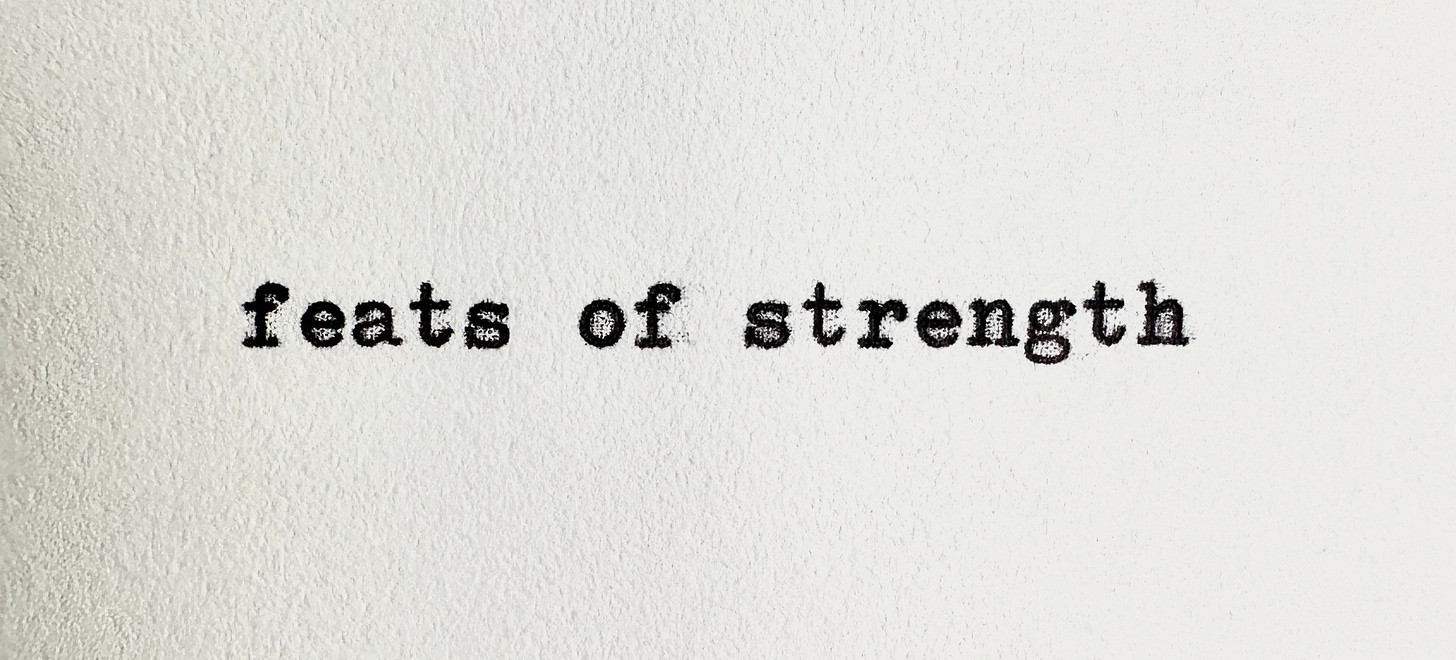Our final group project came with two simple rules:
1. It had to be an act of service
2. It had to serve people outside the bubble of our tiny college
After a brief brainstorming session, we reached out to a local organization dedicated to helping folks with disabilities find jobs. Given their everyday focus on work, we decided to focus on fun by throwing an accessible and inclusive indoor carnival, complete with games and prizes.
This being an Interpersonal Communications class and that all of us had minimal experience in this space, we got some communication tips from the organization beforehand:
1. These people are just that—people. Talk to them accordingly.
2. Fight the impulse to speak louder and slower. “Simpler” is fine if needed, but don’t be condescending.
3. If you don’t understand something that is said, don’t be weird. Just say, “Can you repeat that for me, please?”
The carnival was held inside the gym of a local high school, and featured all the classics: ball toss, basketball shots, darts and balloons.
I led a game station we called “Feats of Strength”. Dressed in a shiny Superman costume, I challenged people walking by to an arm wrestling duel.
It was glorious, absurd fun. Before each bout, we’d hold impromptu flex-offs, asking the spectators who had bigger biceps. Sometimes, I’d lose instantly. Occasionally, I’d put up a fight as we trash talked each other. If I won, I’d offer a double-or-nothing rematch, inevitably losing to a “Hey, look over there!” trick that worked every time.
About an hour into the event, a man, bald and in his late 50s, sat down.
“Take it easy on me, ok?” he said with a grin. Nothing I saw or heard showed he had a disability, so I assumed he was a supportive dad or a staffer joining in on the fun.
Then he turned his body and laid what remained of his right arm—a rounded, fleshy stump—on the table.
I froze, unsure of how to react as his laughter filled my awkward silence.
“Tractor accident,” he chuckled. “Pulled it clean off. I’ve been doing everything one-armed longer than you’ve been alive, so don’t go easy on me or I’ll break yours.”
I had never felt strength like that in my life. During our first round, he asked if I was really trying. For our second and third rounds, he let me use both arms.
I still lost.
After our match, he shook my hand and thanked me for the fun. He talked about how frustrated he was—that he didn’t feel disabled but was constantly reminded of his disability by mirrors or people who wouldn’t hire him for jobs he was more than qualified for. He talked about how even after 25 years, he still woke up at night to scratch an itch on an arm he knew didn’t exist. He talked about trying a prosthetic but it felt weird, he couldn’t really do more with it than without, and said, “You actually get weirder looks from people with a fake arm than a missing one.”
But despite all of this, he was happy.
“You play the hand you’re dealt,” he said, laughing again as he walked off with his prizes.
I hate to admit it, but this memory fills me with shame. Until that moment, what I thought was an act of service was more a self-congratulatory favor I was doing “for the less fortunate”.
The truth is, the line separating selfishness from selflessness can be razor-thin, especially when we’re talking about community work. It’s an embarrassingly easy line to cross, especially over time, as our actions and intentions migrate from empathy and into ego, or drift slowly from collective good into self-satisfaction.
Maybe the only way to spot when we’ve crossed that invisible boundary is to constantly ask ourselves a few blunt, honest questions:
Am I driven by empathy and understanding or ego?
Could I be completely wrong about something here?
Who do I need to talk to, to make sure I’m getting this right?
Am I ready to act, or do I need to shut up and listen?
Some lessons are ones we need to constantly relearn, and here is one: service isn’t about being seen—it’s about seeing: seeing ourselves and the gifts we can given for the purpose of helping others. Seeing others for who they are and the needs they have—not the needs we *think* they have. Seeing those doing similar work as teammates and not enemies. Seeing the truth that no act of service—done by us or by others—will ever be perfect, so the best we can do is our best with humility and a willingness to do better over time.
Service is about understanding we’re all wrestling with something—whether we can see it or not—and that sometimes the greatest feat of strength is to reach out (with one arm or two), and remember what it means to be human.





